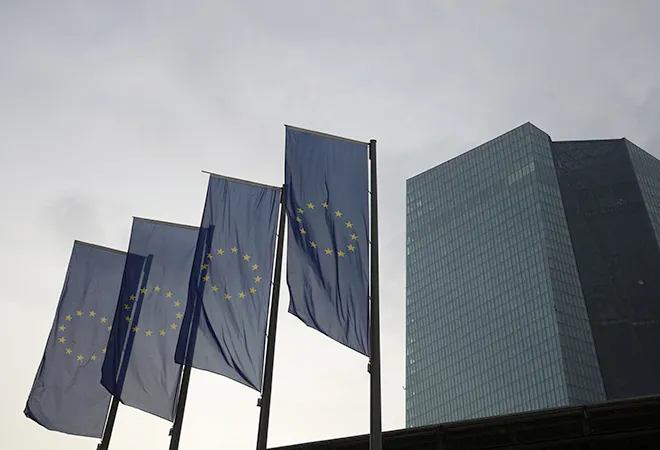Those consequences can be stark, and not just for Europe. Longer-maturity project financing, for example, has dried up thanks to post-2008 regulations, with dire consequences for infrastructure globally. Emerging countries such as India have been particularly hurt. Prior to 2008, European savers were helping boost emerging-market growth and getting a reasonable return for their effort. Since 2008, European savings have largely been stuck earning low — or negative — domestic returns, and developing nations have had to do without their help.
Private financing of infrastructure had collapsed even before the pandemic halved it to $46 billion. (It was about $200 billion in 2012.) When trans-national project finance did not cause the 2008 crisis, why did post-crisis regulations shut it down? Who should be held responsible for this unintended consequence of Basel III?
Clearly, the supervisors in Basel don’t care about such unintended consequences, nor do central bankers. It isn’t their job to care. But banks do and, if politicians care about savers, they should pay heed.
Clearly, the supervisors in Basel don’t care about such unintended consequences, nor do central bankers. It isn’t their job to care. But banks do and, if politicians care about savers, they should pay heed.
Generals fight the last war and regulators fight the last crisis. We are no longer living in a world endangered by gung-ho lending. Rather, it’s a world in which risk-taking is weighed down by enormous central bank balance sheets. It’s one that needs to get private finance lending again to crucial sectors such as infrastructure and climate resilience — particularly in developing countries.
A financial crisis doesn’t have to look exactly like 2008. When finance is consistently unable to provide yields for savers in developed markets and also failing to fund important and remunerative projects in the rest of the world, that’s also a crisis. By those measures, we’ve been in a financial crisis for years.
This commentary originally appeared in Bloomberg.




 PREV
PREV


